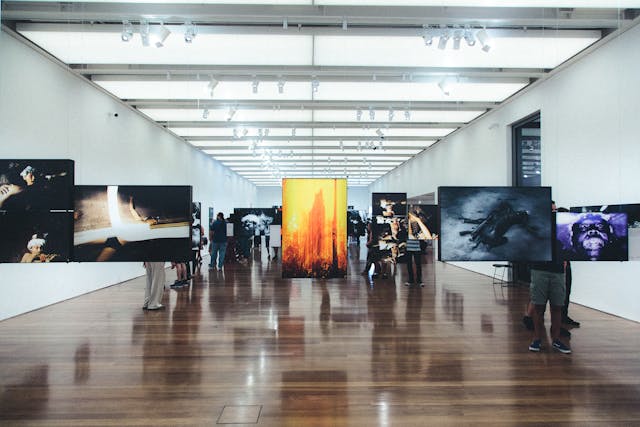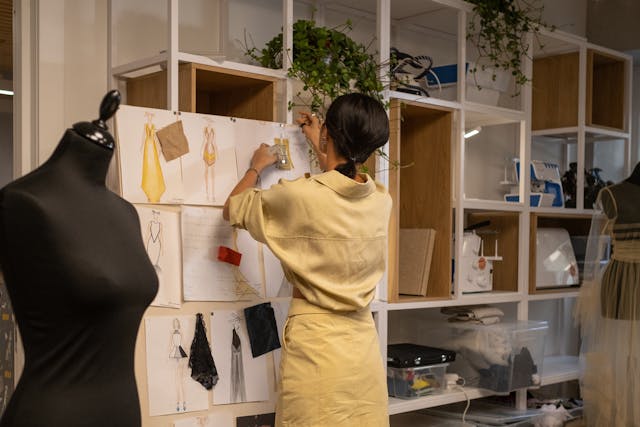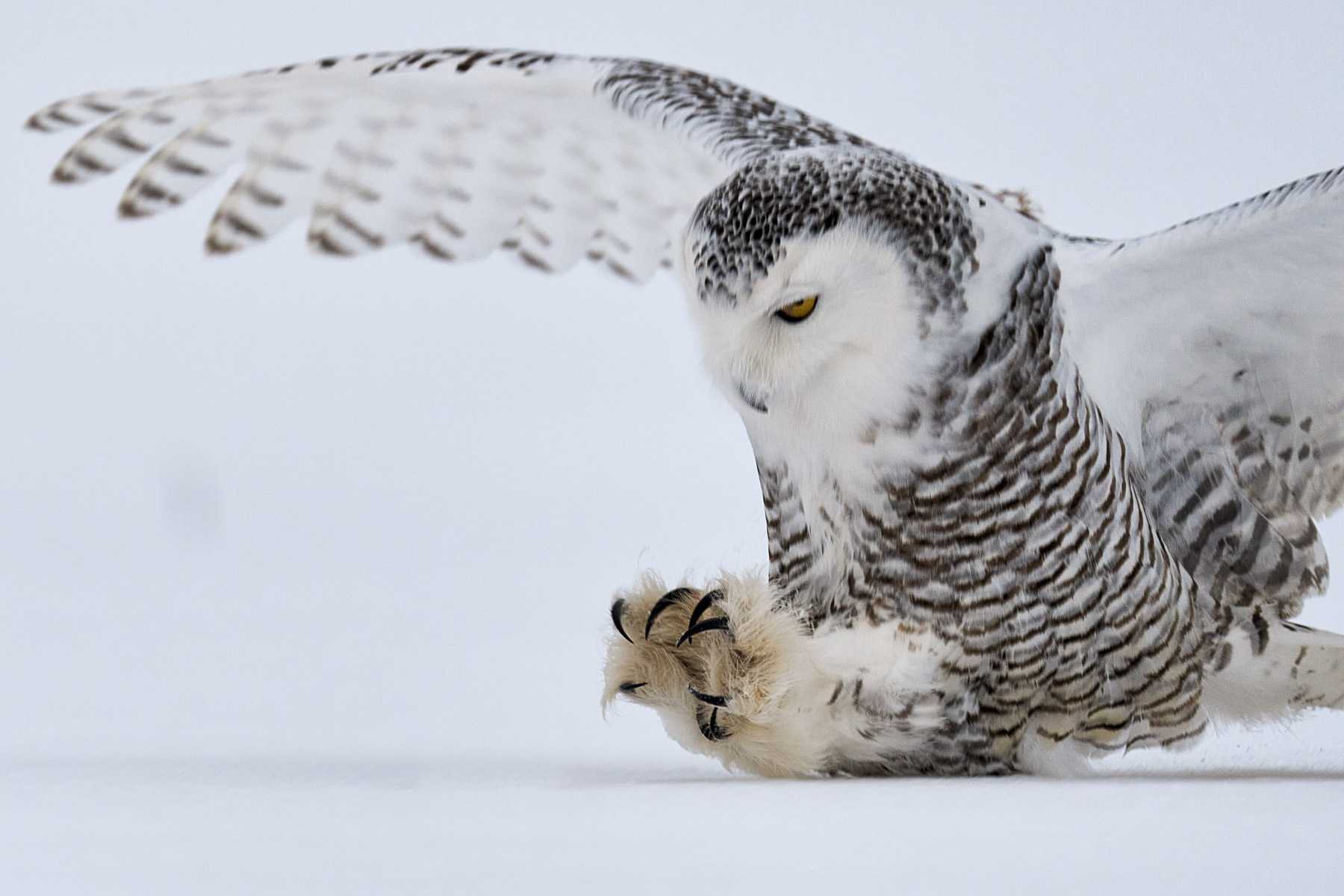When discussing ‘art as a catalyst,’ we’re considering various forms of the numerous methods through which creative expression can instigate change, affect individuals, and propel advancement. This article investigates how art wields its transformative influence within professions, society at large, computer-aided design, and realms by initiating dialogues, questioning conventional norms, and pioneering innovations for what lies ahead. Art is not merely a reflective surface of our culture. It serves as a mallet to capture images employed as fine art in sculpting our reality.
Key Takeaways for Art as a Catalyst
- Art professionals communicate ideas using art as a catalyst in order to contribute to societal transformation by promoting diversity, community engagement, social change, and therapeutic benefits through different forms of expression.
- Designers in graphic design, illustration, branding, and fashion use their creative skills to influence perceptions, make statements, communicate complex ideas, and initiate social movements through visual storytelling.
- Educational institutions and mentorship play a crucial role in the development of artists, while art directors must blend leadership and visionary thinking to manage creative teams and direct successful projects.
Art Igniting Change

Careers in art hold the power to enact transformative change within society by accomplishing several objectives.
- By highlighting and cherishing diversity and inclusiveness, art forms foster a balanced and empathetic perspective of our global community.
- They forge robust bonds among individuals, cultivating a feeling of commonality through this rich tapestry of creative expression.
- Consequently, these avenues can pave the way for significant social reform.
Creative people such as an art teacher or graphic designers employing their original ideas wield their distinct talents across various disciplines like fine arts, graphic design, digital illustration, or art as therapy. In doing so, they skillfully convey concepts and feelings that strike a chord with young people, universally.
Public Art and Community Engagement
Entering the world of public art, individuals such as Cat Ivins demonstrate the impactful concept of self-employed, ‘creative tithing’, where a share of their earnings is dedicated back to community endeavors. This approach serves to bolster communal identity and encourages involvement among residents, leading to a cascading impact that fosters engagement and change within society.
As one branch in an array of possible career paths for those engaged in art, working within public art allows both creative artists, industrial designers (influential in product packaging) and educators in the public relations field to significantly enhance the cultural and societal tapestry they are part of.
Fine Arts Driving Awareness
Creative artists frequently employ their brushwork to convey messages that reflect social consciousness and critique. For instance, the artwork of Ron Burns transcends mere aesthetic value as his paintings are a conduit for promoting social causes related to dogs, demonstrating how fine arts can sway public sentiment and prompt tangible societal engagement.
Through the deployment of a broad range of visual concepts aimed at bringing attention to worldwide concerns, fine artists construct compelling stories. Those that captivate audiences and inspire transformative action, as well as creating mainstream graduate jobs.
Art Therapy as a Healing Force
Art as therapy stands as a shining light, intertwining the act of creation with expert guidance to nurture mental and emotional well-being. It invites people to artistically convey and comprehend intricate feelings, paving the way for considerable improvements in self-worth and the alleviation of anxiety.
Catering to diverse groups, art as therapy adapts its methods specifically for each person it serves, ranging from military veterans to individuals grappling with health-related issues.
The Power of Visual Communication
Graphic designers are the master builders of visual communication, possessing the unique ability to craft images that shift perspectives and breakthrough linguistic boundaries. They engage in more than just producing attractive visuals. Their true art lies in utilizing visual narratives to:
- Ensnare public interest
- Present complicated concepts simply yet captivatingly
- Stir emotions and forge bonds between entities
- Deliver messages with clarity across various platforms
Embellished by digital illustration and computer graphics, the intricate vernacular of graphic design serves as a conduit for demystifying complex data into something easily understood worldwide.
Branding and Identity Creation
Within the dynamic realm of creative industries and industrial design, graphic designers play an essential role in establishing brand identity. They are tasked with developing visual identities that embody a brand’s essence, ensuring uniformity in design elements ranging from logos to typefaces.
Establishing a coherent and well-thought-out brand identity is crucial for earning consumer trust and recognition. This stands as proof of the graphic designer’s prowess in conveying ideas and values via visual concepts.
Illustration’s Role in Storytelling
Illustrators employ a diverse and potent palette to narrate stories through different mediums, be it within the confines of a book or the expansive realms of video games. Using new skills they create visuals that tell stories and stir feelings, serving as an essential element in the art of storytelling. Their artistic creations beckon us into undiscovered territories with a visual style that resonates deeply with our emotions and thoughts.
Graphic Design in Social Movements
Graphic design plays a pivotal role in social movements and the expression of culture. Skilled designers harness their expertise to tap into deep emotional responses and engage with audiences, thereby influencing cultural norms and instigating transformative shifts.
By crafting compelling designs, these professionals shine a light on critical issues, sparking dialogue that has the potential to alter perceptions within society and drive people toward collective action.
Fashion Design: More Than Just Aesthetics
Artisans of fabric and form, fashion designers craft clothing that embodies style, comfort, and functionality. The role of a fashion designer extends beyond simple ornamentation. Their work acts as a medium for expressing individual identity and cultural stories. Fashion designing merges utility with beauty in every stitch and pattern, embedding apparel with both meaning and societal importance.
Ethical Fashion and Sustainability
Ethical fashion resides at the confluence of style and sustainability, questioning the standard practices of mass production while advocating for environmental responsibility. In this field, designers emphasize fair labor conditions and sustainable resources to make certain that their designs have a beneficial impact on society as well as on Earth.
Sustainable fashion’s story is one marked by dedication to accountability across all stages of a product’s lifecycle. It encompasses everything from ethical material procurement to principled manufacturing processes.
Fashion as a Political Statement
Designers and those who don their creations utilize fashion as a tool for political expression, communicating with social issues through the sartorial vernacular. By mirroring the spirit of the times, designers harness their influence to interlace political conversations within their lines, crafting declarations that echo beyond the confines of catwalks.
Interior Design: Crafting Spaces That Speak

Interior design plays a crucial role in molding the spaces we live and work in, influencing our everyday experiences and overall well-being. By blending form with function, designing interiors is essential in creating environments and public spaces that are both visually pleasing and practically useful. They expertly navigate the intricate interplay between aesthetic appeal and utility to transform areas, be they private or communal.
Enhancing Work Environments
Interior designers transform the contemporary office environment into a space that enhances both wellness and efficiency. By incorporating ergonomic furnishings and areas designed for teamwork, the interior design significantly influences how comfortable and effective employees can be in their workplace.
The strategic use of color psychology combined with deliberate spatial planning creates an ambiance that supports concentration and creativity, highlighting interior design’s crucial role in shaping a productive professional setting.
Residential Design and Personal Well-Being
Our homes, the havens we retreat to, are greatly enhanced by the expertise of proficient interior designers. They weave in aspects such as natural light and open layouts alongside incorporating nature into our living spaces, all of which significantly impact our emotional state, stress reduction, and contentment with life.
Incorporating individual nuances along with strategic selection of hues results in an environment that is not just visually attractive, but also promotes psychological health and supports one’s sense of personal wellness.
Digital Media and Animation: Bringing Ideas to Life
The dynamic realm of digital media and animation showcases for many careers the imaginative strength of animators. These skilled artists infuse vitality into narratives and personas, carving their niche across multiple industries such as animation studios and:
- Television productions
- Cinema
- Gaming
- Marketing
- Web design
Possessing a harmonious mix of artistic talent along with technical skill, animators craft many forms of enthralling content that mesmerizes viewers globally.
Animation Studios and Cultural Impact
Animation studios have made an indelible impact on culture by producing content that forms our collective memories and influences societal norms. Their creations, ranging from animated characters to entire stories, serve as cultural landmarks that echo through various generations from childhood into adult life.
These narrative powerhouses mirror the mores of society within their works, adding to the common cultural vocabulary we share. The animation they create becomes woven into the very fabric of our shared experiences and perspectives.
The Evolution of Digital Illustration
Advancements in digital illustration have transformed the realm of art, allowing artists to craft captivating visual stories that pull in viewers. Utilizing sophisticated computer software and leveraging social media networks, illustrators are afforded unparalleled chances to exhibit their creations and engage with followers around the world.
Education and Mentorship in Artistic Careers
An education in art serves as the foundation for numerous art students, developing a broad spectrum of abilities crucial to thriving in creative professions. An art degree not only promotes cognitive development and emotional acumen, but also provides young individuals with the adaptability required to maneuver through the intricate realm of careers in art and design. This is noted by prospective employers and often to jobs starting out as a studio assistant.
Art School as a Foundation
An art school and an art degree act as an incubator for many art students furnishing them with a base of technical abilities and the cultivation of inventive thought. Pursuing a fine art degree or equivalent credential or master’s degree delivers a regimented setting conducive to discovery and development, thereby preparing individuals for professional life with a strong portfolio.
The Role of an Art Teacher
Art instructors are the overlooked champions within the realm of creativity, mentoring students to refine their artistic prowess and analytical skills. They promote a profound comprehension of visual arts, nurturing abilities that not only enhance different modes of various techniques of artistry but also extend into broader applications.
Leadership Skills and Artistic Direction
Guiding the artistic process and establishing the visual tone, an art director is pivotal in leading creative projects. They must possess a fusion of project management prowess and imaginative insight, as their leadership skills are equally crucial to their artistic talents for realizing concepts effectively.
Managing Creative Teams
Guiding a creative team effectively is akin to an art form, requiring the articulation of clear goals, fostering strong communication, and promoting an atmosphere conducive to the birth of new ideas.
In the domain of creativity, successful leadership is characterized by maintaining equilibrium between providing organizational structure and allowing ample scope for innovation.
Visionary Thinking in Art Direction
At the core of art direction is the capacity to both conceive and execute a creative vision that not only meets the objectives of a set designer of a project but also truly connects with its target audience, creating memorable and compelling visual stories.
An art director’s triumph hinges on two fundamental pillars: originality in ideas and possession of an impressive portfolio showcasing their artistic accomplishments.
Art and Technology: A Symbiotic Relationship
In today’s digital era, the fusion of art and technology has created unprecedented opportunities for artistic innovation. Artists are utilizing breakthroughs in technology to expand the limits of creativity within fields like web design. a video game and digital illustration, sculpting careers that blend the beauty of art with technological ingenuity.
Web Design and User Experience
Web design intricately intertwines the visual appeal and practical usability of a web designer, placing user experience at its core. Designers in this field create online environments that are pleasing to the eye while also being user-friendly and adaptable, with an aim to meet the varied requirements of their visitors.
The Intersection of Art and Video Games
The fusion of art and video games constitutes an energetic partnership that enables artists to craft captivating environments, contribute to the narrative aspect of interactive media, and construct fascinating game universes that ensnare player attention. It also highlights the capability of video games to serve as a contemporary artistic medium.
Navigating the Business of Art
Navigating the intricate terrain of the art industry requires a blend of imaginative prowess and business acumen, as artists must have confidence in themselves and the endurance to market their creations. They are tasked with finding venues to display their distinct pieces amidst a fiercely competitive arena.
Summary
Art serves not only as a vehicle for individual expression, but also as an instigator of transformation, a constructor of communal ties, and a boundless narrator. Whether one pursues the mastery of fine arts or dives into the nuances of garment designing, whether navigating through the complexities of web design or crafting expansive realms in video games, art interlaces threads that shape impact and exert influence. The odyssey within creative fields is defined by fervor, fortitude, and an unceasing pursuit of novelty. Embrace this motivation ardently. Let art’s metamorphic might steer your career path now.
Frequently Asked Questions
How does public art contribute to community engagement?
Community engagement is bolstered by public art, which reinforces a sense of local identity and fosters civic involvement. It also cultivates a feeling of belonging and collective purpose within the community. This involves artists dedicating their efforts to their communities with the intent to create significant influence.
Can fashion design be used for political statements?
Yes, fashion design can be a powerful tool for making political statements, as designers use their collections to address social issues and prompt dialogue on important societal topics.
What are the benefits of incorporating art therapy into mental health treatment?
Integrating art as therapy into the treatment of mental health can bolster emotional wellness, foster the articulation and comprehension of feelings, and offer relief from symptoms associated with depression, anxiety, and PTSD.
The advantages gleaned from this make it an indispensable component in the realm of mental health care.
What skills are developed through art education that benefit other career paths?
Education in the arts whether a high school diploma or a master’s degree cultivates critical thinking, enhances fine motor skills, and boosts self-assurance. These traits are advantageous as many competitions and can be applied to a wide range of professional trajectories.
Such competencies gained through art education hold significance beyond merely the realm of art careers and the arts industry.
How has digital illustration evolved with technology?
Technology has propelled the evolution of digital illustration, providing artists with the means to produce complex designs swiftly and attain international visibility via channels such as Instagram and tools like Adobe Illustrator.
It has simplified the establishment of direct communication between illustrators and their clients or followers.













